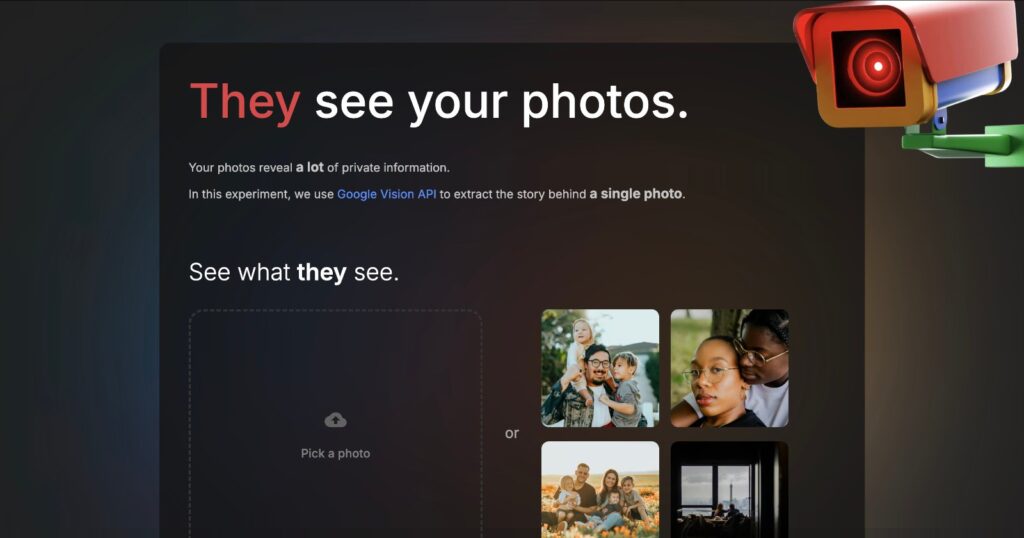![]()
A website, developed by a former Google employee, shows a user exactly what the tech giant’s AI can learn from their photos.
Software engineer Vishnu Mohandas launched the website Theyseeyourphotos.com as a service and marketing stunt to turn Google’s technology against itself, according to a report from Wired.
Users can upload any photo to the website. The photo is then sent to the Google Cloud computer vision program which generates a three-paragraph description of the image.
According to Wired, the website is intended to give users an idea of what some of Google’s AI models can learn from studying their photos.
Mohandas previously worked for Google. However, he left his job in 2020 when he discovered that Google had allegedly helped the US military develop AI to study drone footage.
When he left the company, he also stopped saving all of his images to Google Photos, fearing that his images would be used to train its AI systems.
Mohandas then founded the company Ente, a paid, privacy-focused alternative to Google Photos, which reportedly has more than 100,000 users. With Ente, Mohandas wanted to create an alternative photo storage and sharing service that was open source and end-to-end encrypted.
However, Mohandas struggled to explain to a broader audience why they should rethink their reliance on Google Photos, despite its many conveniences.
But earlier this year, an Ente intern proposed an idea: show people what Google’s AI models can discover by analyzing images. The website Theyseeyourphotos.com was thus born.


Users can upload any photo to Theyseeyourphotos.com or choose from several pre-selected stock images to experiment with the website and see what Google’s AI can learn from an image.
Wired reports that when Mohandas uploaded a selfie with his wife and daughter in front of a temple in Indonesia, Google’s analysis was remarkably detailed, even identifying the specific watch model his wife was wearing: a Casio F-91W.
Mohandas tells Wired that if the website encourages a user to leave Google Photos and try another image storage service like Ente, the image transfer process may be difficult.
Ente CEO says Google complicates library transfers by splitting files and compressing them. Mohandas also alleges that Google Play repeatedly flagged Ente’s app for issues such as price transparency, which he disputes.
Google spokesperson Colin Smith declined to comment on Ente’s plan, but cited Wired to support pages explaining that uploads to Google Photos are used to train AI models designed to help users manage their image libraries, such as age and location analysis. The company states that it does not sell Google Photos content to third parties or use it for advertising purposes. Although users can turn off some analytics features, they cannot completely block Google from accessing their images because the data is not end-to-end encrypted.
Image credits: All photos via Theyseeyourphotos.com.


